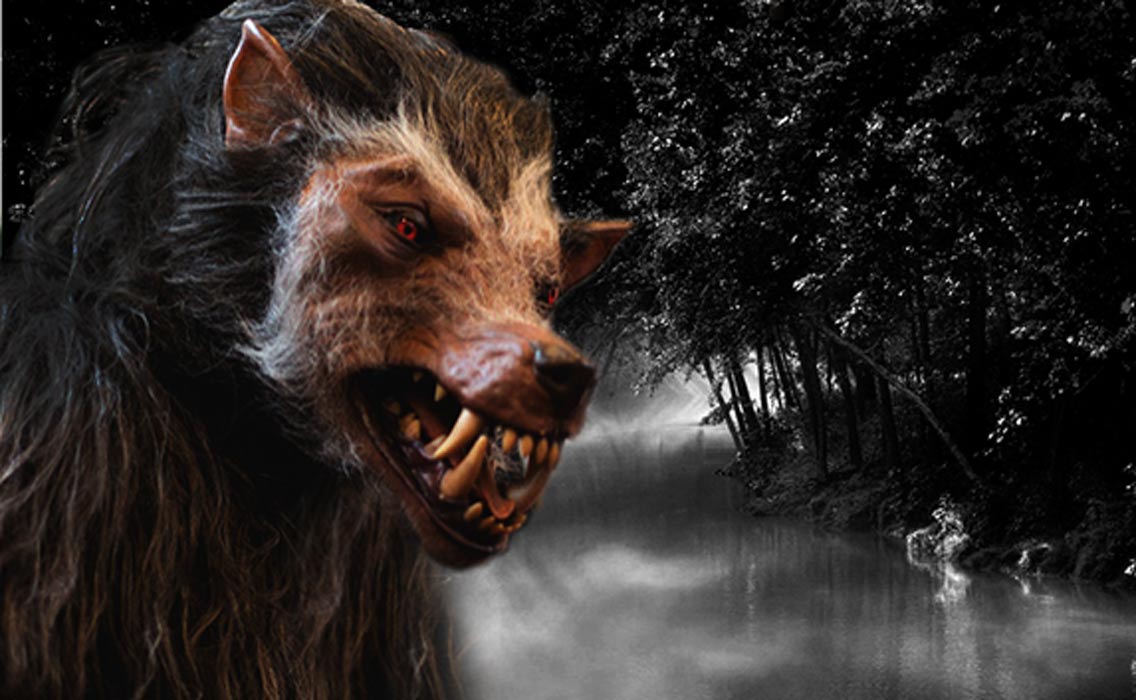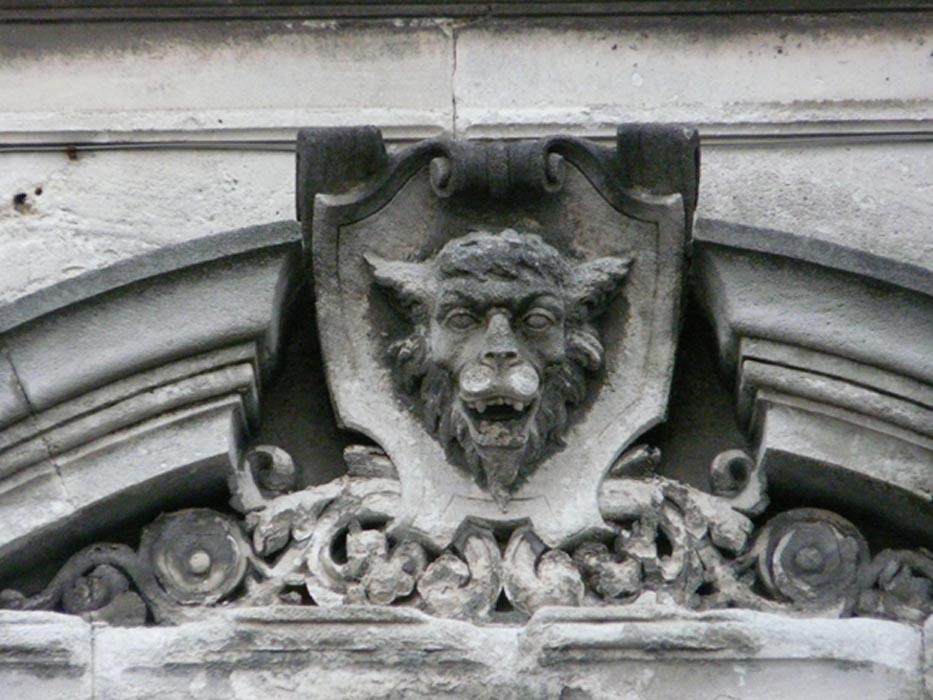
Werewolf Hunting #101 – In Search of Legends, and Busting Folklore Myths
Imagine you have been invited to meet in an abandoned cemetery to go on a werewolf hunt on the night of the next full Moon but you don’t know what to pack?
It may sound like something out of a cheesy horror movie but, as I recounted in my Ancient Origins Premium article “Searching for Old Stinker: Medieval Legends meet 21st Century Werewolf Hunters”, this is what happened to me recently, when I was called in by a UK national newspaper to help investigate a reported werewolf sighting in Yorkshire that might have been linked to the Medieval legend of a werewolf known as “Old Stinker”.
My suspicion—a suspicion confirmed by what we actually saw on the night—was we were never going to encounter anything supernatural and that our “creature” would be just a normal flesh and blood dog, albeit a frighteningly large dog. That said, in preparing for the trip, the thought did cross my mind... but what if? What if it actually was a “real” werewolf? All legends have to start somewhere and even the most incredible have a germ of truth at their root.

Sculpted head of the “Loup Garou” or werewolf in Cognac, France. (CC BY-SA 4.0)
Hunters of Ancient Folklore
I therefore spent the days before the planned hunt going through sources, both ancient and modern, looking for advice on what precautions to take should I encounter a werewolf or, for that matter, a plain vanilla natural wolf or large dog. However, what I discovered was much of the so-called “lore” surrounding werewolves owed more to 1930s movies plots and novels (in other words the world of fiction) than to folklore traditions, with an added complication that some of “defenses” against werewolves were actually only ever meant to provide protection against other forms of magic and supernatural threats.
- Searching for Old Stinker: Medieval Legends meet 21st Century Werewolf Hunters
- The Origins of Evil: The Story of Human Spirituality and Belief Systems
- William of Newburgh: Medieval Vampire Hunter?
There is then an element of folklore myth-busting in this article but before going into more detail, let’s start with one important caveat: The objective of our hunt was not to track down and kill the werewolf (if that is what it proved to be) but to try to observe and record its existence. Why? Because there are no werewolves (or even their remains) known to modern science. All we have are fractured, ambiguous, and generally unsatisfactory folk tales and witch hunt confessions from the 18th century and earlier.
Plants, Crucifixes, Poisons and Other Defenses Against the Supernatural
One of the first myths I encountered is that Christian religious symbols, such as crucifixes, holy water, and prayers offer protection against werewolves.

Engravings of wolves and wolf-men (Public Domain)





